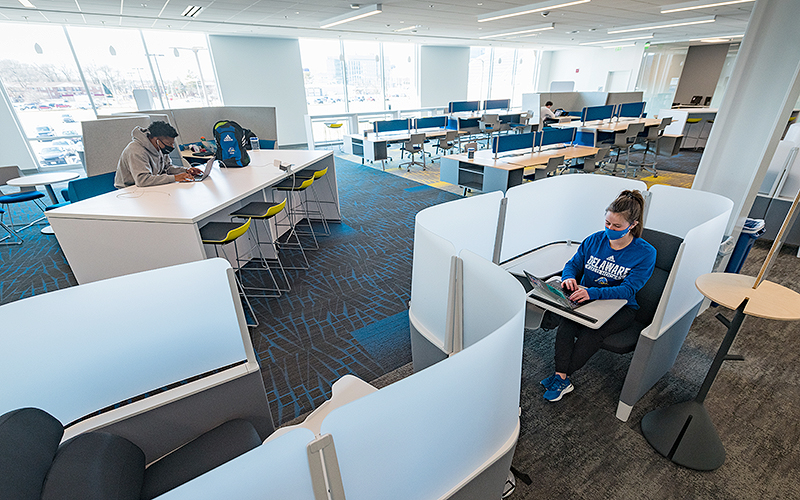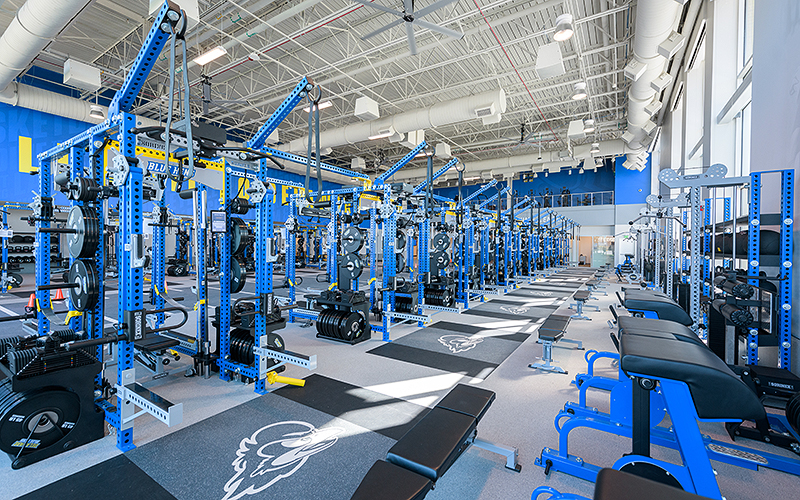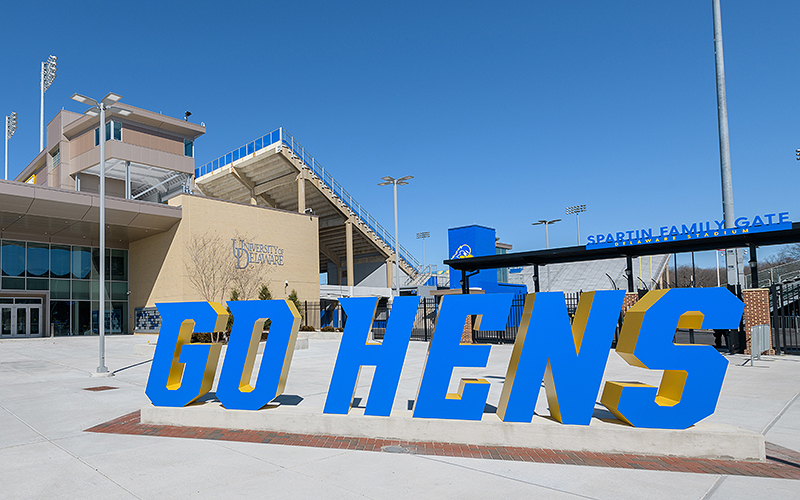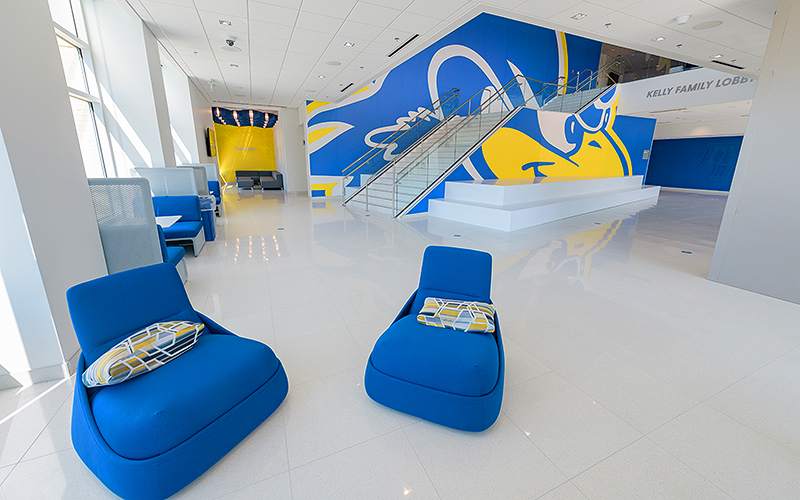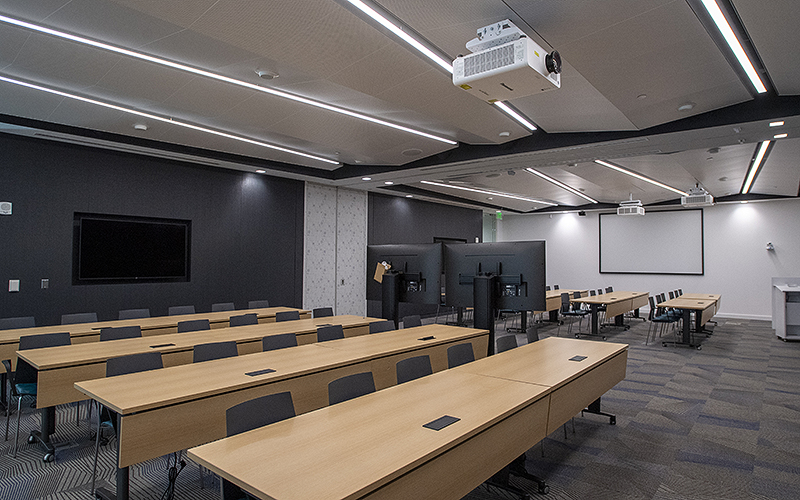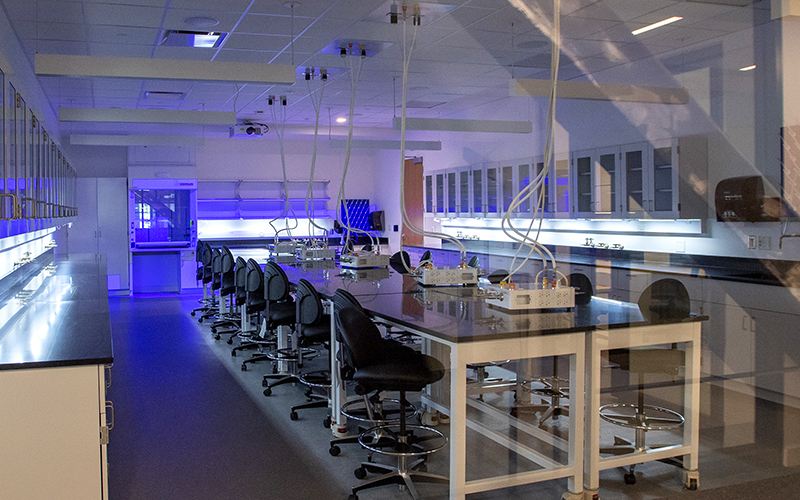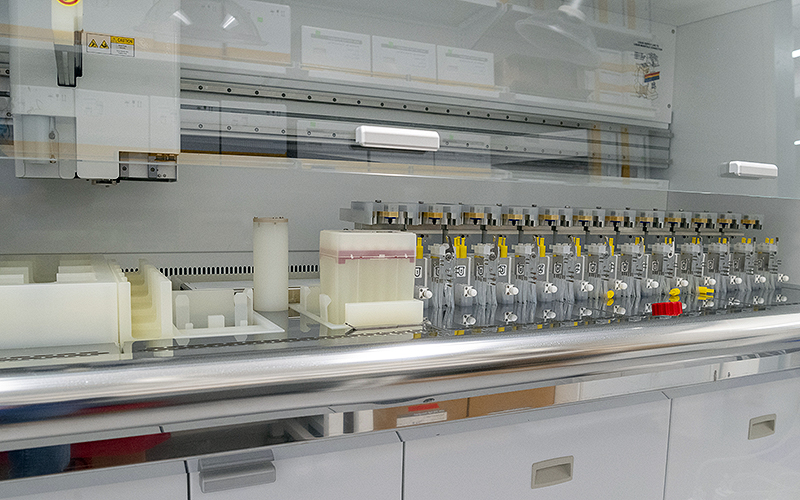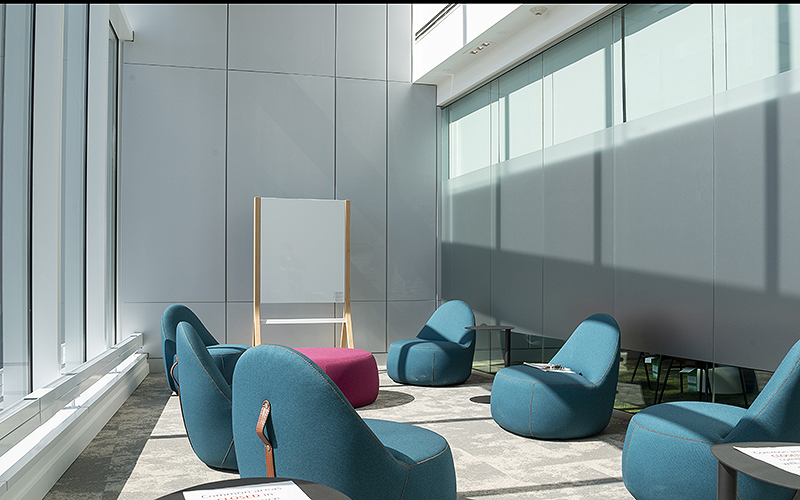
President's Report 2021
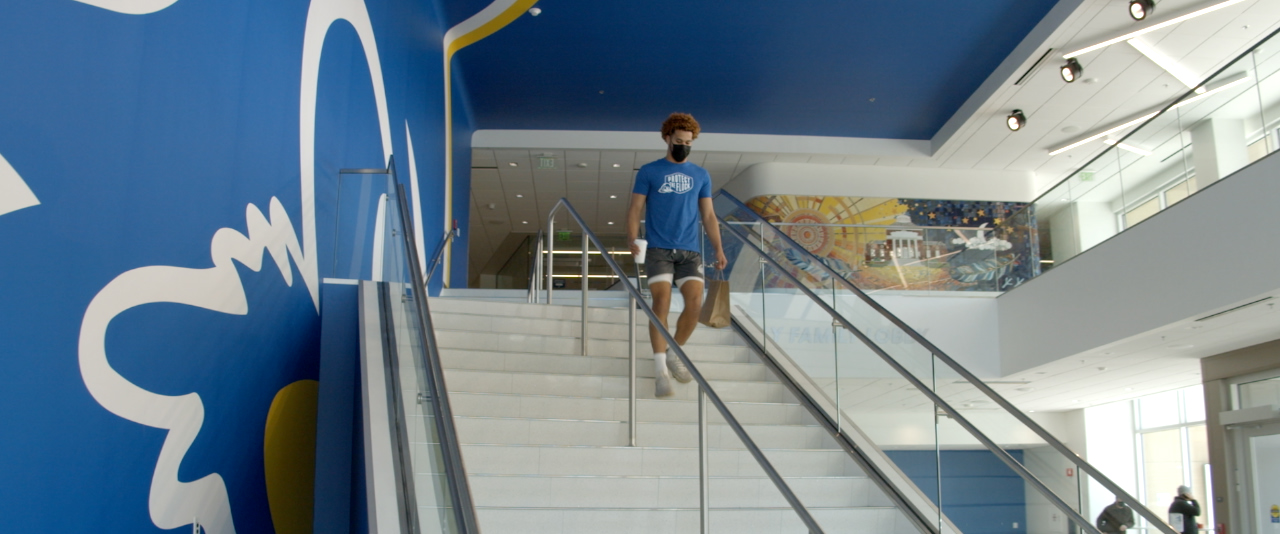
Building a
Better Future
With an unwavering focus on the future, the University of Delaware continues to invest time, talent and resources in exploration and discovery for the benefit of future generations. Read on for stories of how UD’s people are creating new paths into uncharted territory.
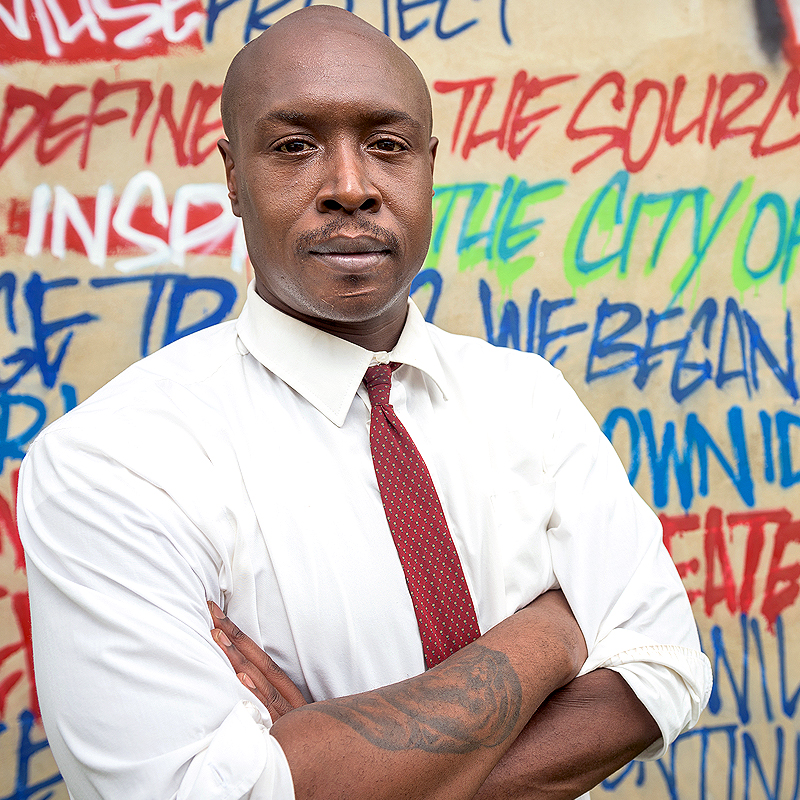
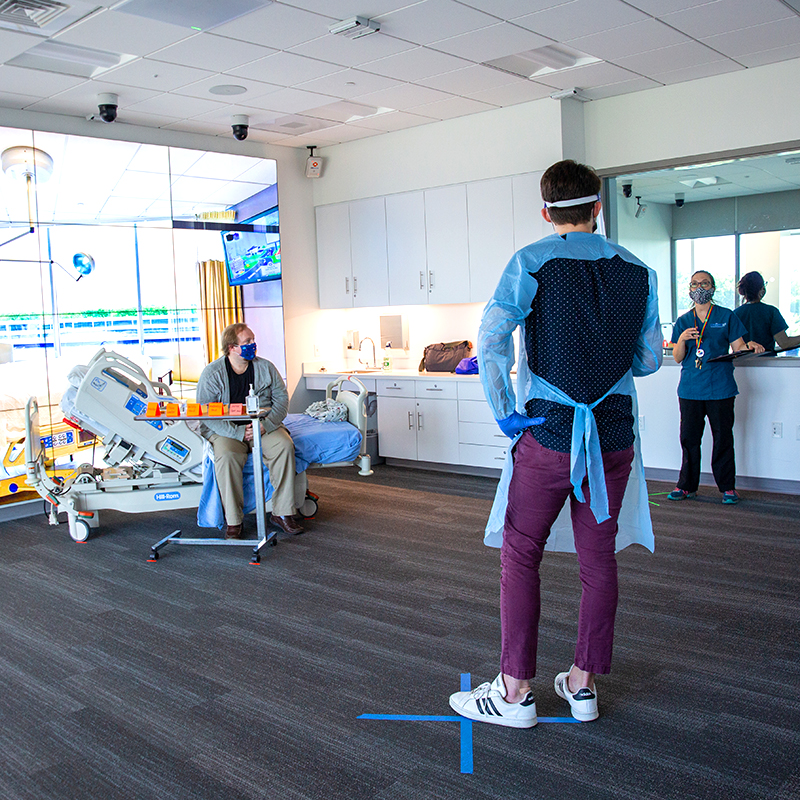
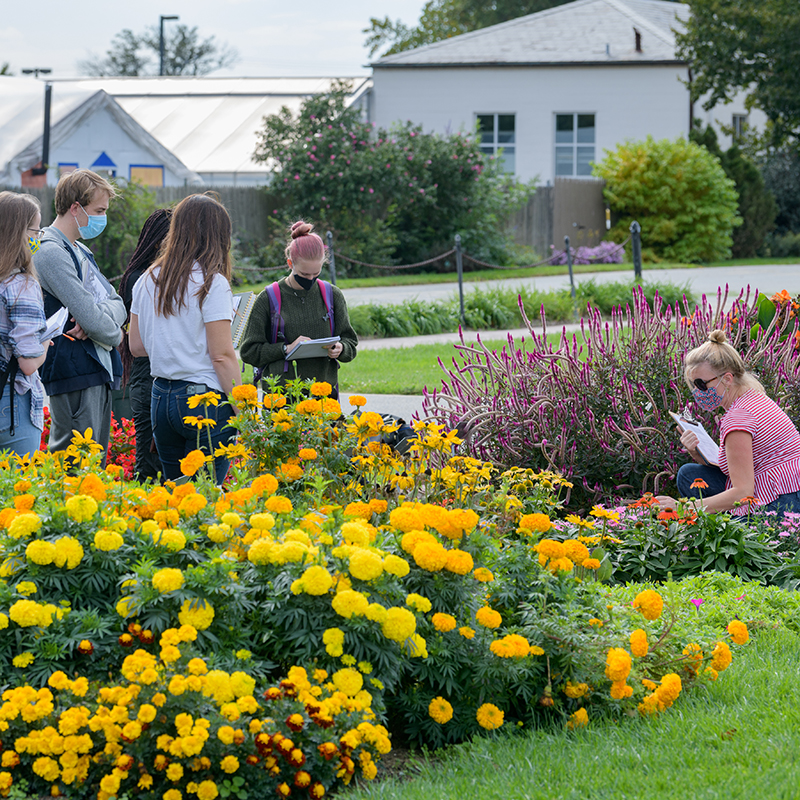
University of Delaware students are already learning in tomorrow’s college classroom — one that is immersive, interdisciplinary and individualized.
From their first year through graduation, UD students are deeply engaged in discovery. Health sciences students serve patients in UD’s clinics, agriculture students care for animals and plants at UD’s farms and gardens, and engineering students solve real-world problems with their unique capstone projects, many of which result in patents. UD is developing and incorporating more virtual- and augmented-reality technology to help students learn through nearly limitless scenarios. Students from all disciplines work alongside researchers, innovators and industry experts, especially at the Science, Technology and Advanced Research (STAR) Campus.
UD’s innovative Healthcare Theatre program combines that immersive approach with an interdisciplinary focus: Theatre students portray patients and family members so that health sciences students can practice both technical and interpersonal skills. With UD-developed technology worn by the actor, students learn sensitive clinical procedures in a safe environment without compromising quality of care.
This interdisciplinary approach is at work throughout UD. New and redesigned facilities are organized around the complex challenges facing our world: addressing the scientific and humanistic issues of climate change, extending social and economic justice to all people, and meeting the diverse education and development needs of underserved populations.
To accomplish such a bold vision, we are finding new ways to use data analytics and neuroscience to tailor education to the individual needs of every student. UD is already remaking education by teaching students where they are, when they want to learn and with the tools that work best for them.
Research, by the numbers
-
$171.5
million in sponsored research in 2019-20
-
474
inventions and 131 patents secured by UD researchers just since 2011
-
10
UD members of the National Academy of Inventors
UD research expands knowledge,
understanding and insight
Scholars throughout the University of Delaware are advancing basic and applied research in virtually every field, creating new knowledge with impact. Examples of recent work include:
TuFF (Tailored Universal Feedstock for Forming): youtube.com/watch?v=xKhPywwhjao
TuFF material may be industry game-changer
Researchers at UD’s Center for Composite Materials created the world’s strongest short-fiber composite material that can be quickly stamped into complex shapes, opening the door for inexpensive composites to replace metals in the automotive, aerospace, infrastructure and electronics industries.
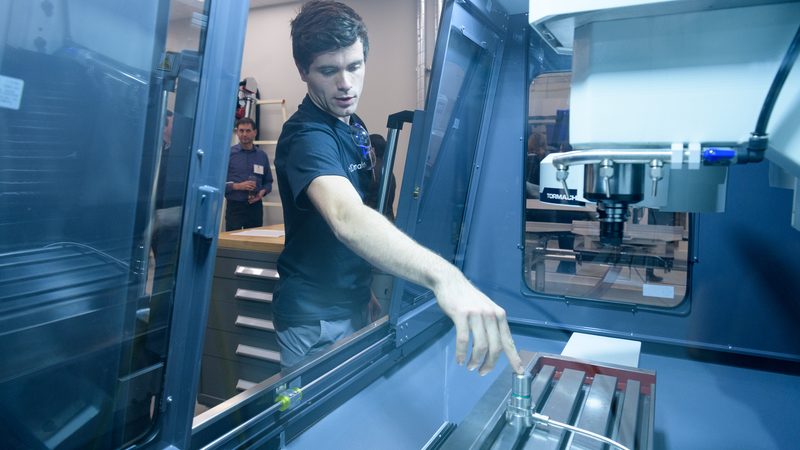
Robotics revolution transforming research
Deploying robotic systems, UD scientists are tackling the toughest challenges in agriculture, precision medicine, cybersecurity, marine ecology and more.
Jewish Oral History: youtube.com/watch?v=jWOW7NZhXRg
Oral history project captures unknown stories of Jewish experience
Students connected with Jewish seniors to learn about life after World War II and creation of the state of Israel.
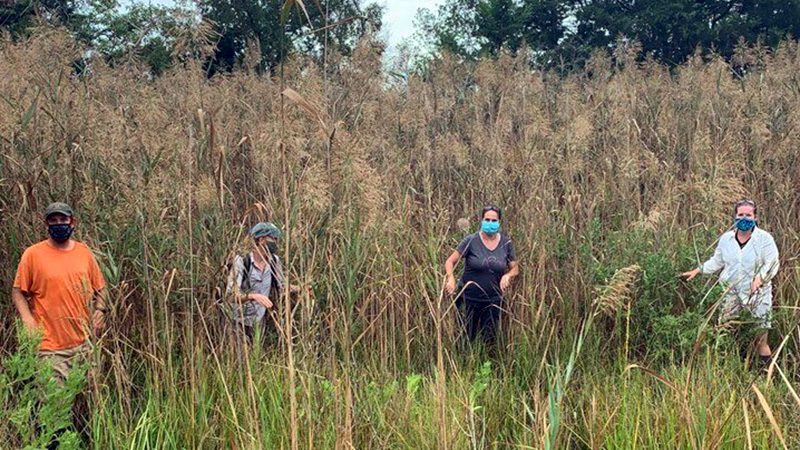
Saltwater-intrusion research helps manage the impact of climate change
Understanding and predicting how ocean water affects marshes, forests and farms along the coast is the focus of a UD-led project funded by the National Science Foundation.

Ethical leadership is absolutely essential in a crisis
Building meaningful relationships with their followers is not necessary for success in normal times, but it’s critical for steering an organization through tough times.
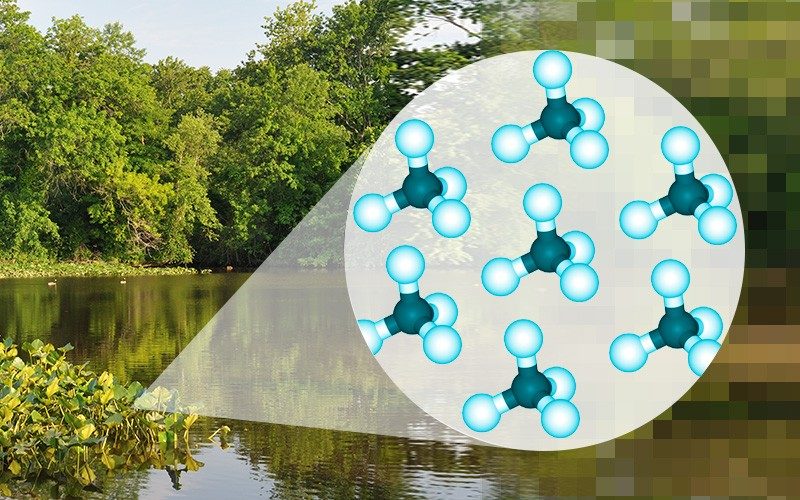
‘Blue carbon’ is abundant in tidal marshes
Researchers discover large quantities of methane in coastal ecosystems, playing a role in adapting to the effects of climate change.
UD leads biopharmaceutical Innovation
The University of Delaware is playing an increasingly large role in biopharmaceutical development and manufacturing, thanks to extensive research assets, faculty expertise and national partnerships.
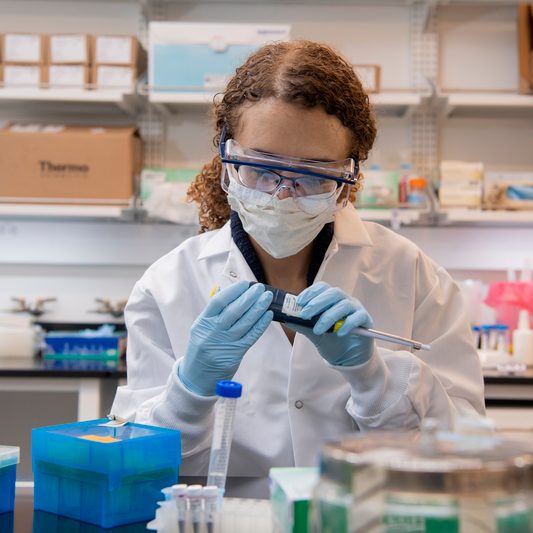
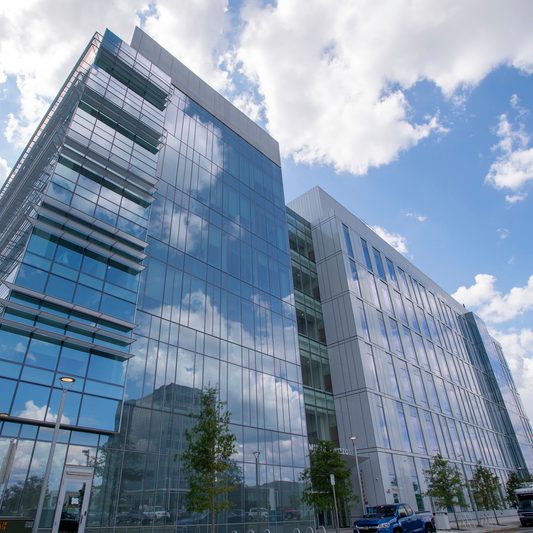
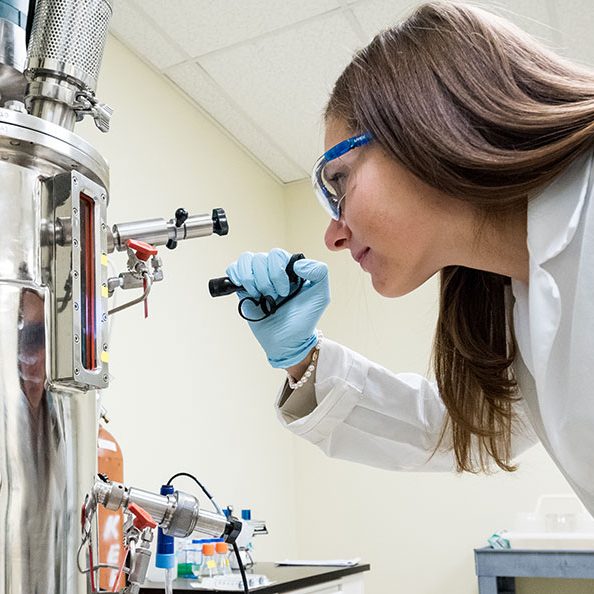
UD is leading the National Institute for Innovation in Manufacturing Biopharmaceuticals, or NIIMBL, which is a Manufacturing USA institute to develop better processes for efficiently making these life-saving medicines. The initiative involves more than 150 partners in industry, government, nonprofits and academia to not only develop the technology but also the workforce that is so crucial to success.
The new, state-of-the-art Ammon Pinizzotto Biopharmaceutical Innovation Center brings it all together. It’s 200,000 square feet of top-notch laboratories and collaboration space in the heart of UD’s Science, Technology and Advanced Research (STAR) Campus. It is home to NIIMBL’s headquarters, along with many of UD’s top resources in agriculture, engineering, health, biotechnology, data science and other disciplines.
STAR Campus grows as
innovation community
A bold vision, unique resources and strong partnerships are creating a new kind of community at the University of Delaware’s Science, Technology and Advanced Research (STAR) Campus.
UD students get hands-on experience as they learn and pursue discoveries in the health sciences, engineering, finance, biotechnology, agriculture, data science, advanced materials and more. The growing list of dynamic companies located at the STAR Campus offer students the opportunity to engage in collaborative research projects, immersive internships and exciting employment prospects.
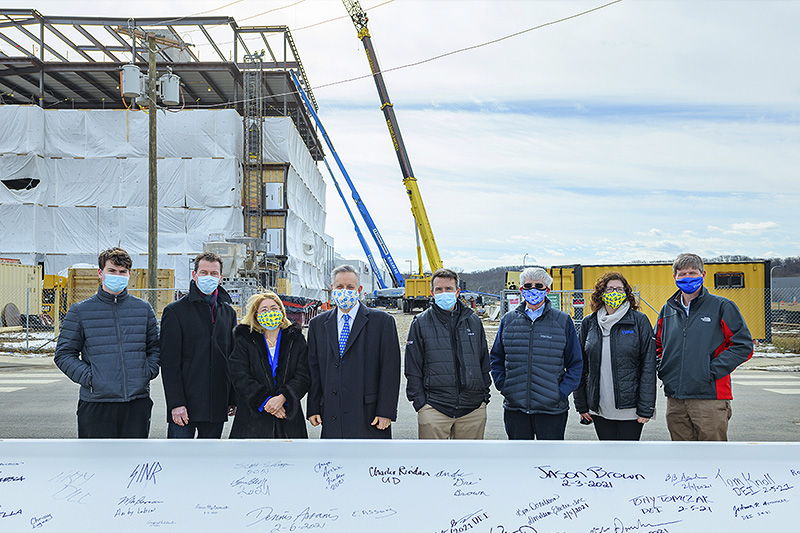
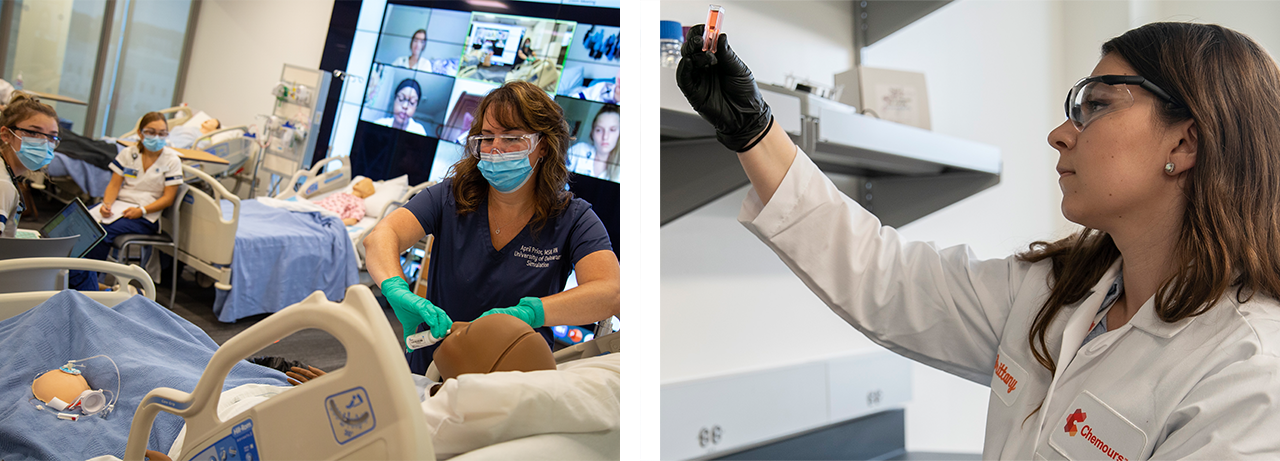
The newest project on the STAR Campus is the FinTech Innovation Hub, a partnership with Discover Bank and Delaware Technology Park with the ultimate goal of improving access to financial systems for the underserved. FinTech — or “financial technology” — is a burgeoning employment sector for Delaware and the region. More than 300 people will work in the 100,000-square-foot facility, using data analytics, visualization and artificial intelligence for research, education and community engagement. With the Ammon Pinizzotto Biopharmaceutical Innovation Center, Tower at STAR and Health Sciences Center just steps away, the FinTech Innovation Hub will provide a holistic link between financial and physical wellbeing.
Also nearby is the new Chemours Discovery Hub, where UD students and faculty are engaged in research projects with the global leader in titanium technologies, thermal and specialized solutions, advanced performance materials, and chemical solutions.
Entrepreneurs, innovators and established companies are attracted to the STAR Campus for its proximity to world-class research, educated workforce and location in the heart of the Northeast transportation corridor.
-
1 million +
square feet of modern research labs, offices, health services, manufacturing and collaboration space
-
$500 million +
invested by UD and its public, private and nonprofit partners since the University acquired the former automotive assembly plant in 2009
Research centers tackle challenges
in energy, materials and more
More than 80 research centers at the University of Delaware are focused on solving some of the world’s thorniest problems. Among them:
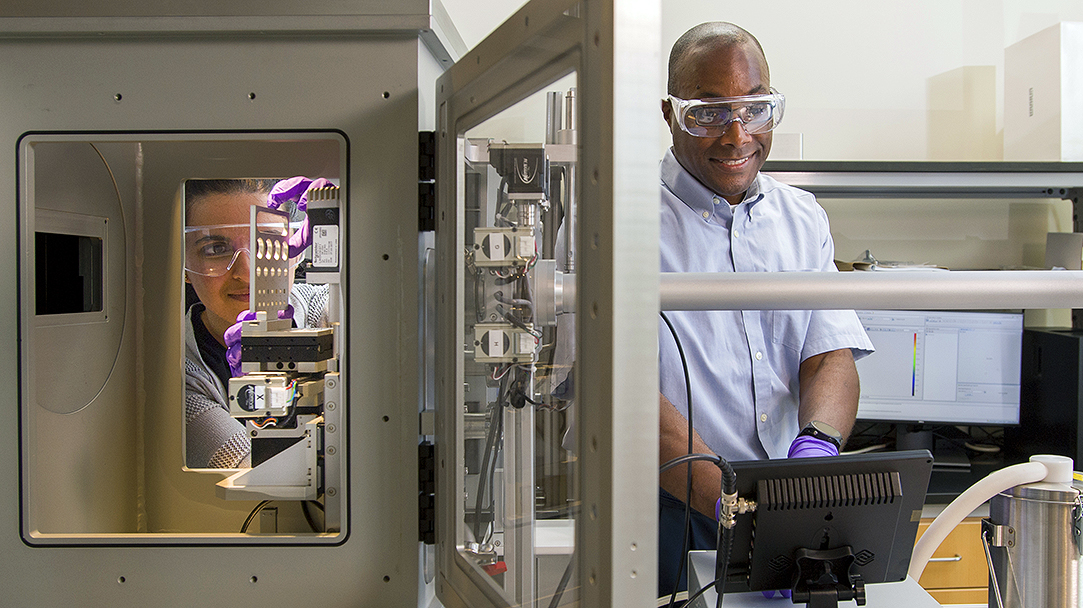
The new UD Center for Hybrid, Active, and Responsive Materials (UD CHARM) will drive fundamental materials science research with the potential to enable critical innovations in biomedicine, security, sensing and more. The effort is funded by an $18 million grant from the National Science Foundation.
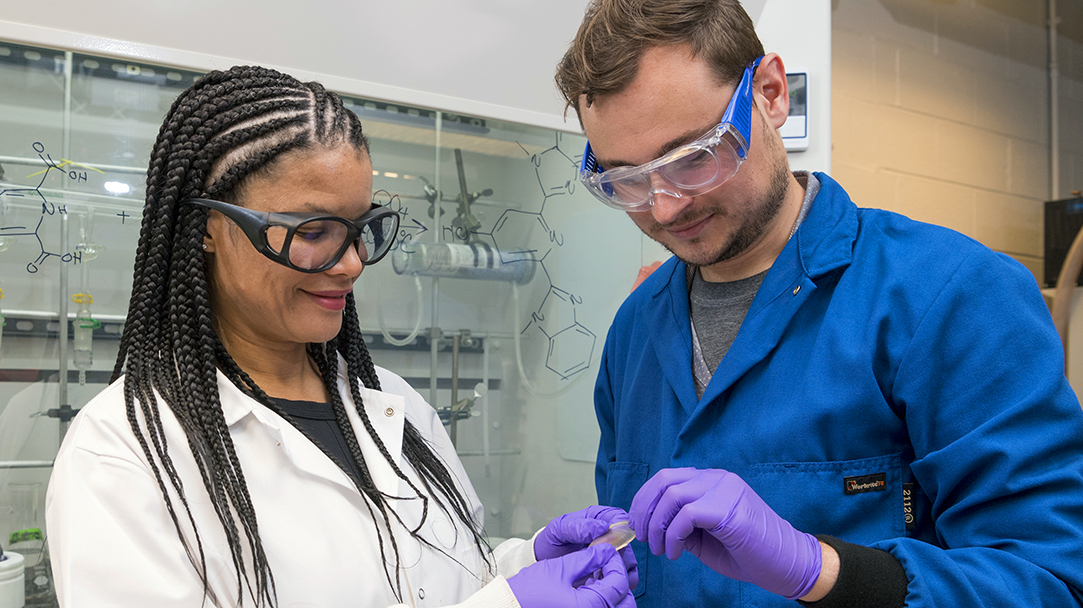
The new Center for Plastics Innovation, funded by an $11.65 million grant from the U.S. Department of Energy, will focus on “upcycling” plastic waste — chemically transforming it into fuels, lubricants and other valuable products in an energy-efficient manner. It is one of six new Energy Frontier Research Centers established across the U.S. to accelerate scientific breakthroughs in critical areas.
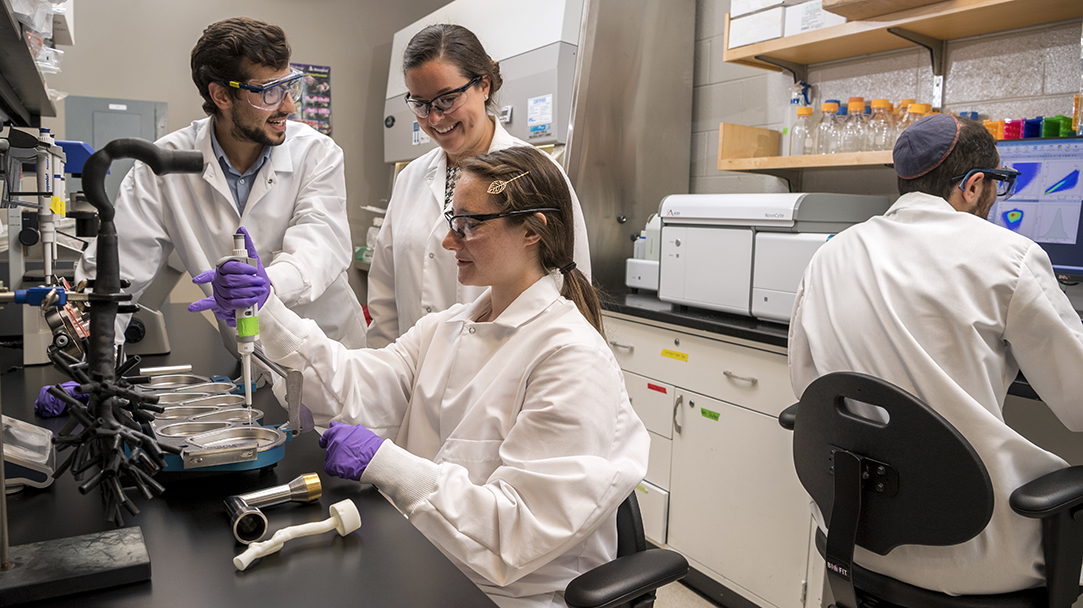
Biomedical research at UD will continue with a five-year renewal of an $11 million grant from the National Institutes of Health. The grant is focused on Discovery of Chemical Probes and Therapeutic Leads, which is discovering new molecules used to study and treat diseases such as breast cancer, renal cancer, Crohn’s disease, tuberculosis and Legionnaires’ disease.
Faculty continues to grow
in size and stature
Since 2016, the University of Delaware faculty has grown by more than 10%, with one out of every four members now new to UD. The fresh energy of new faculty and the wisdom and experience of our distinguished ranks has proved a potent combination, yielding new research and learning opportunities for students.
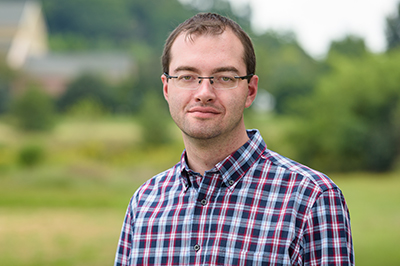
Ryan Arsenault
Animal & Food Sciences
Linking human health with that of animals and the environment, his cross-disciplinary research in the field of One Health is a focal point for researchers from public health, economics, education, engineering, entomology, nutrition, molecular biology and more.
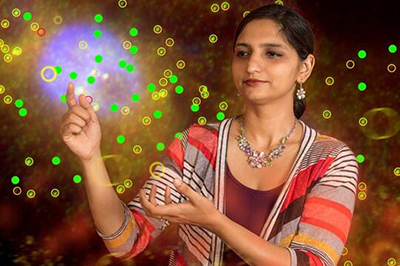
Mona Batish
Molecular Biology
By identifying a new circular RNA that increases tumor activity in soft tissue, her research advances our understanding of the genetics of cancer and how the disease is found and treated.
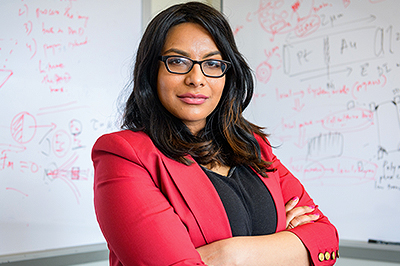
Sambeeta “Sam” Das
Mechanical Engineering
Her cross-disciplinary work focuses on the development of microrobots capable of precision delivery of biochemicals and cellular patterning.
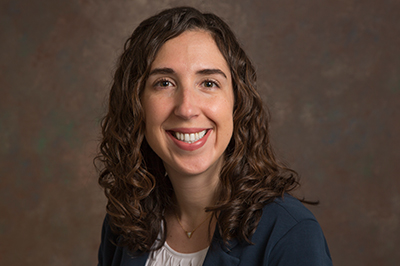
Valerie Earnshaw
Human Development & Family Sciences
Her research on the effects of HIV stigma on disease prevention, testing and treatment is helping policymakers and healthcare providers develop better ways of reaching vulnerable populations.
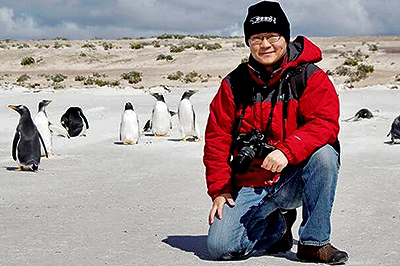
Xinfeng Liang
Marine Science & Policy
Analyzing the Loop Current in the Gulf of Mexico, his research explained how eddies in the tropical Atlantic Ocean can affect water stratification, adding another way to explore the impact of climate change.
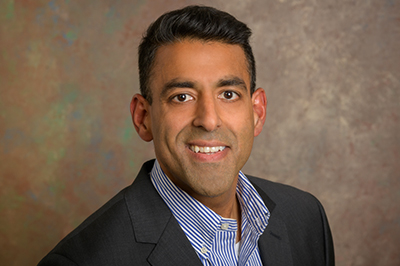
Sal Mistry
Management
Organizations face no shortage of crises, and his research explores how leaders can build and maintain teams that more easily rebound from adversity.
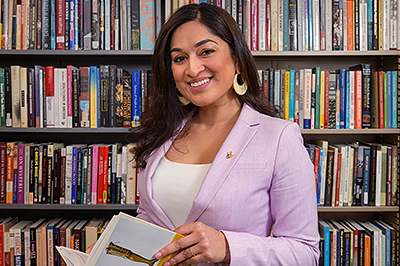
Jaipreet Virdi
History
Piqued by her own deafness caused by a bout of meningitis at age 4, her research explores how disabilities were treated both medically and culturally in the past, especially the “cures” for hearing loss in the Victorian era.
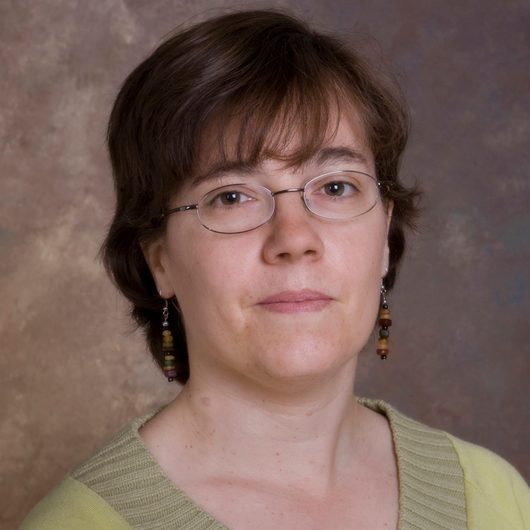
Cecilia N. Arighi
Research associate professor, Center of Bioinformatics and Computational Biology, Department of Computer and Information Sciences
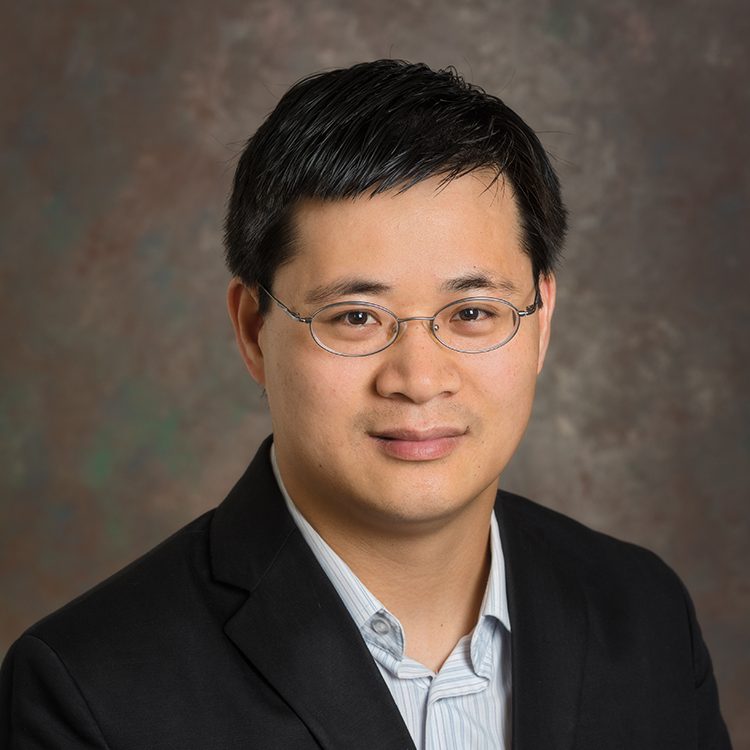
Hongzhan Huang
Research associate professor, Center of Bioinformatics and Computational Biology, Department of Computer and Information Sciences
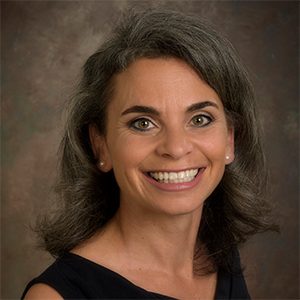
Wendy Smith
Professor of management, Department of Business Administration and Faculty Co-Director of the Women's Leadership Initiative at UD
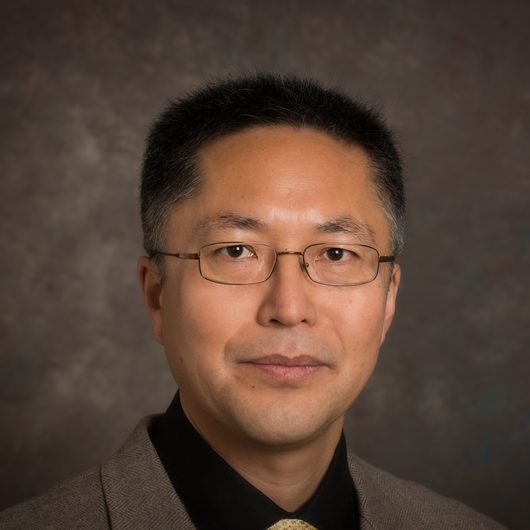
Bingqing Wei
Professor, Department of Mechanical Engineering and director of the Center for Fuel Cells and Batteries at UD
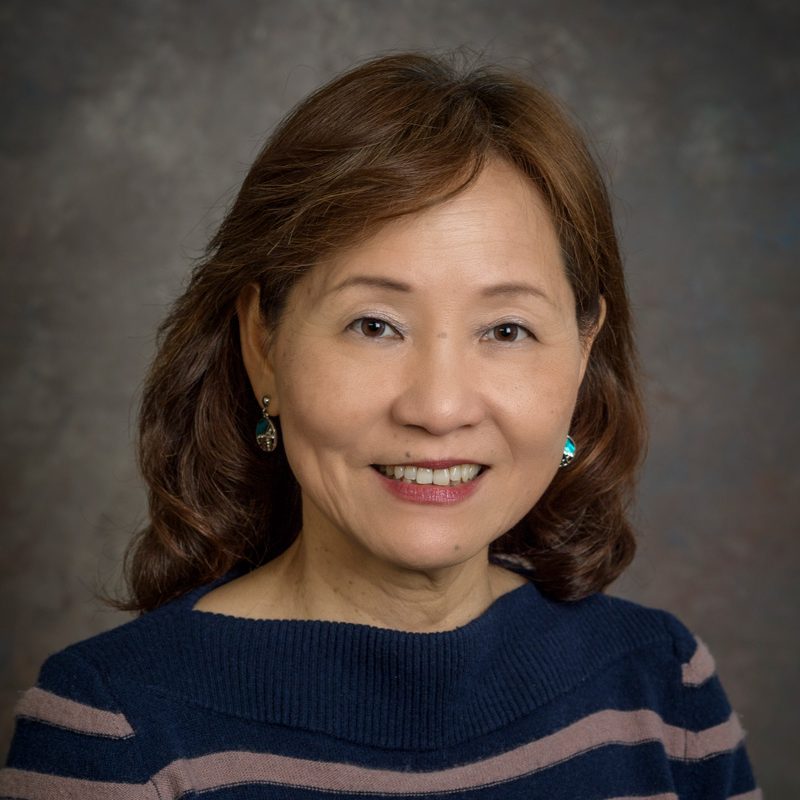
Cathy Wu
Unidel Edward G. Jefferson Chair in Engineering and Computer Science and director of UD’s Data Science Institute
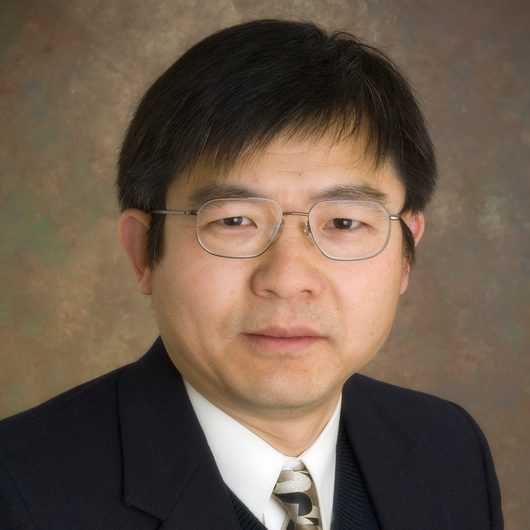
Xiang-Gen Xia
Charles Black Evans Professor, Department of Electrical and Computer Engineering
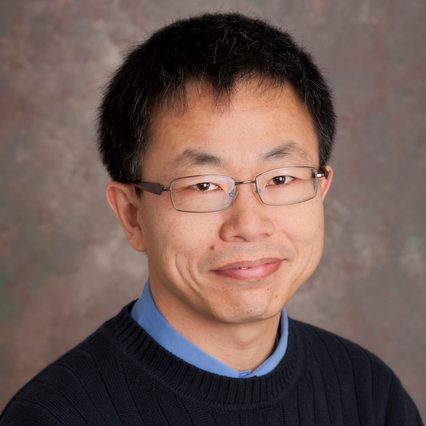
Yushan Yan
Henry DuPont Chair in Chemical and Biomolecular Engineering
Worrilow Hall renovations
Expand Ag Research
A $38 million redesign has transformed Worrilow Hall into one of the most modern research and teaching facilities at the University of Delaware.
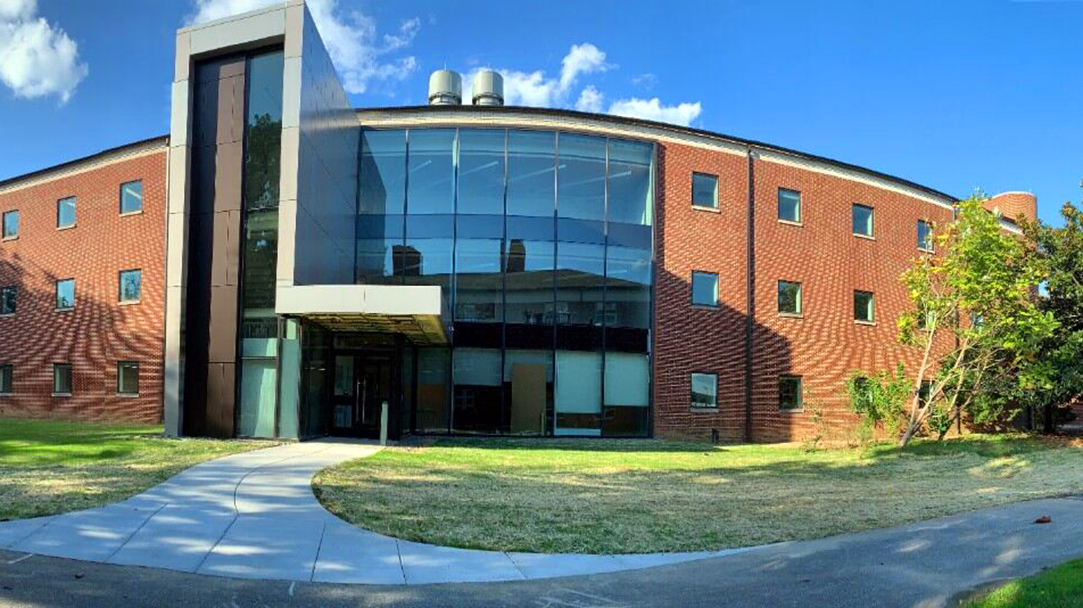
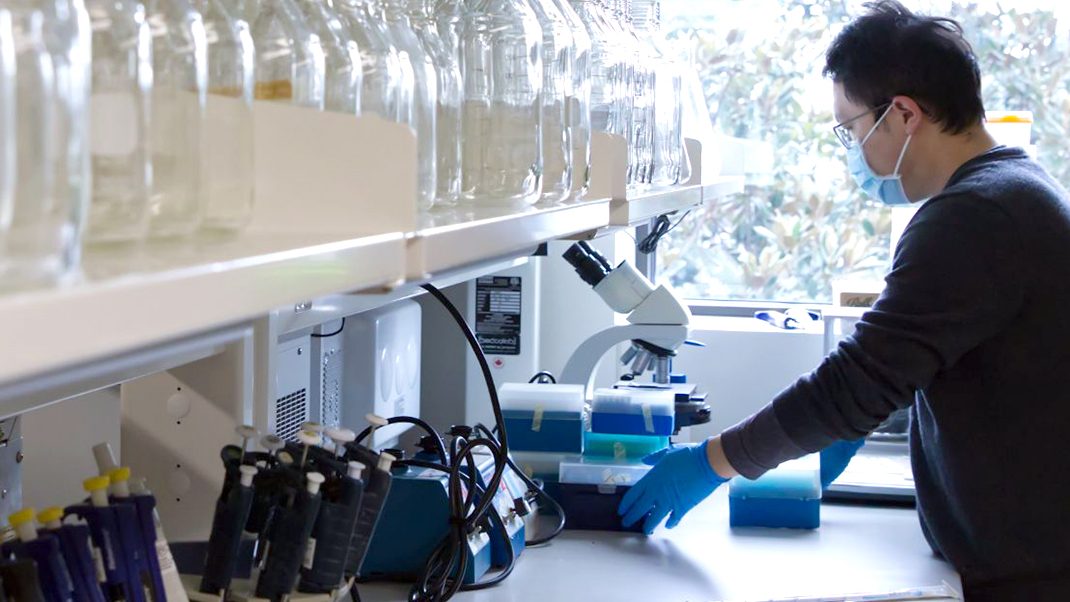
Upgrades include large open-concept laboratories with improved lighting and ventilation systems, flexible lecture and demonstration areas, and mobile research infrastructure that allows for greater collaboration across disciplines, as well as a UDairy Creamery test kitchen and dairy processing equipment.
These innovative workspaces will inspire more than 1,000 students and 80 faculty members to break through barriers as they pursue impactful research in animal, plant, soil and food sciences.
Impact of Delaware First continues
far into the future
Throughout the past year, the University of Delaware’s generous friends have remained unwavering in their support of UD, pushing the Delaware First campaign far beyond its original $750 million fundraising goal. About 96,000 alumni, parents, friends, faculty, staff and students have made gifts since the campaign’s launch.
As Delaware First continues, its tangible impact can already be seen across campus. In 2020, UD student-athletes began training in the Whitney Athletic Center and researchers began working in the Ammon Pinizzotto Biopharmaceutical Innovation Center, two new campus landmarks made possible by Delaware First donors.
Every day, blue hens are
making innovative discoveries, creating inclusive opportunities
and leading with expertise and creativity as a result of the unwavering philanthropy
of the UD community.
UNIVERSITY OF DELAWARE PRESIDENT'S REPORT 2021

President's Report Home
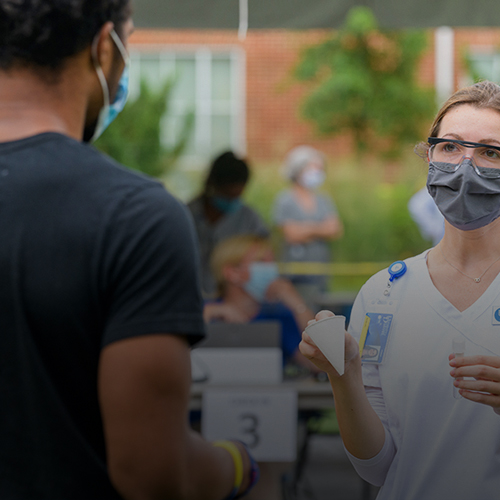
Rising to the Challenge
of COVID-19

ENSURING THE SUCCESS OF OUR STUDENTS
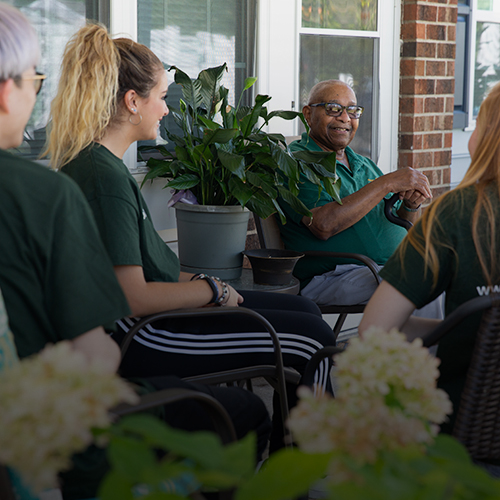
Creating Leaders for Today and Tomorrow

